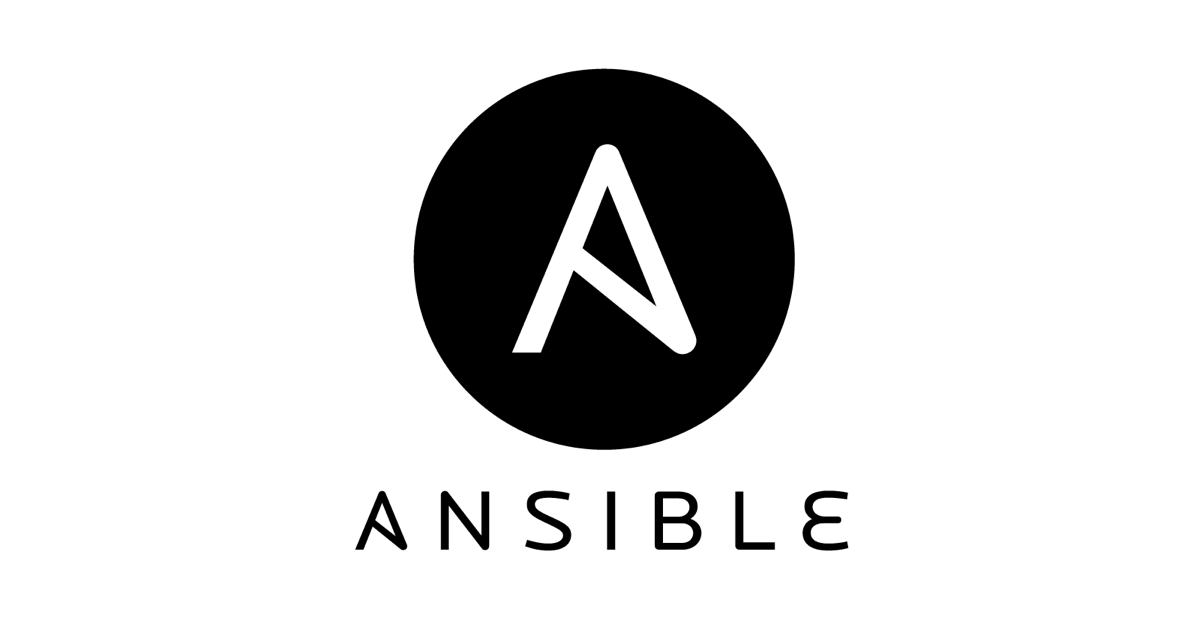
I Tried Deploying an EC2 Web Server with CloudFormation and Ansible
この記事は公開されてから1年以上経過しています。情報が古い可能性がありますので、ご注意ください。
In this blog, I will walk you through the process of deploying an EC2 instance using CloudFormation and then configuring a web server in it using Ansible. i will be using personal laptop as an Ansible controller for seamless management and configuration.
Prerequisites
- Install Ansible using Homebrew:
brew install ansible
- Make sure you have AWS CLI installed and configured with your credentials.
Cloudformation Template for EC2 and Networking
save this file with name ec2.yaml
AWSTemplateFormatVersion: 2010-09-09
Description: this template will create ec2
Parameters:
Keypair:
Description: please enterthe name of keypair available in ap-northeast-1a
Type: String
Default: web
SystemName:
Description: this name will be the prefix of all the resources.
Type: String
Default: Web
VpcCidr:
Description: CIDR Blocjk for the VPC . the Cidr dhould be unique in your environment
Type: String
Default: 10.0.0.0/18
InstanceType:
Description: please selecet based on performance and network requirement
Type: String
Default: t3.micro
AmiId:
Description: make sure your ami is of correct region
Type: String
Default: ami-0947c48ae0aaf6781
SubnetCidr:
Description: this is the CIDR of public Subnet which should lie between VPC CIDR and should have enough capacity with 5 IPs for aws
Type: String
Default: 10.0.0.1/24
Resources:
##########################
#Network
#########################
VPC:
Type: AWS::EC2::VPC
Properties:
CidrBlock: !Ref VpcCidr
EnableDnsSupport: true
Tags:
- Key: Name
Value: !Sub ${SystemName}-vpc
IGW:
Type: AWS::EC2::InternetGateway
Properties:
Tags:
- Key: Name
Value: !Sub ${SystemName}-IGW
AttachGateway:
Type: AWS::EC2::VPCGatewayAttachment
Properties:
VpcId: !Ref VPC
InternetGatewayId: !Ref IGW
PublicSubnet:
Type: AWS::EC2::Subnet
Properties:
AvailabilityZone: ap-northeast-1a
VpcId: !Ref VPC
CidrBlock: !Ref SubnetCidr
Tags:
- Key: Name
Value: !Sub ${SystemName}-publicsubnet
PublicRouteTable:
Type: AWS::EC2::RouteTable
Properties:
VpcId: !Ref VPC
Tags:
- Key: Name
Value: !Sub ${SystemName}-RouteTable
PublicRoute:
Type: AWS::EC2::Route
Properties:
RouteTableId: !Ref PublicRouteTable
DestinationCidrBlock: 0.0.0.0/0
GatewayId: !Ref IGW
PublicRouteTableAssoc:
Type: AWS::EC2::SubnetRouteTableAssociation
Properties:
SubnetId: !Ref PublicSubnet
RouteTableId: !Ref PublicRouteTable
#############################
#EC2
#############################
EIP1:
Type: AWS::EC2::EIP
EniAssociation:
Type: AWS::EC2::EIPAssociation
Properties:
AllocationId: !GetAtt EIP1.AllocationId
InstanceId: !Ref ServerInstance
ServerInstance:
Type: AWS::EC2::Instance
Properties:
ImageId : !Ref AmiId
InstanceType: !Ref InstanceType
KeyName : !Ref Keypair
SubnetId : !Ref PublicSubnet
SecurityGroupIds:
- !Ref SecGroup
Tags:
- Key: Name
Value: !Sub ${SystemName}
SecGroup:
Type: AWS::EC2::SecurityGroup
Properties:
GroupName: serverinstance-sg
GroupDescription: thi is the security group for web server
VpcId: !Ref VPC
SecurityGroupIngress:
-
IpProtocol: tcp
FromPort: 22
ToPort: 22
CidrIp: 0.0.0.0/0
-
IpProtocol: tcp
FromPort: 80
ToPort: 80
CidrIp: 0.0.0.0/0
Tags:
- Key: Name
Value: !Sub ${SystemName}-sg
Deploy EC2 Server
- Run the CloudFormation template to create an EC2 instance. Replace `Your-Keypair-Name` with your keypair name:
aws cloudformation deploy --template-file ec2.yml --stack-name ec2 --region ap-northeast-1 --parameter-overrides keypair=Your-Keypair-Name
Note: This will create the EC2 instance using the specified CloudFormation template. Make sure to change the Keypair parameter to match your keypair file.
- Update the values in the `inventory.txt` file with the appropriate username and host information.
save the bellow code with file name inventory.txt
# Inventory file for Ansible playbook
# Group definition for the EC2 instance(s) to manage
[web_ec2_instance]
# Define the hostname or IP address of the EC2 instance
# Replace 'xx.xx.xx.xxx' with the actual IP address or hostname of the EC2 instance
# Define the SSH user to be used for connecting to the EC2 instance (in this case, 'ec2-user')
# Define the SSH connection type ('ssh' in this case)
# Define the path to the private key file ('xxx.pem') for SSH authentication
web ansible_host=xx.xx.xx.xxx ansible_user=ec2-user ansible_connection=ssh ansible_ssh_private_key_file=/.ssh/xxx.pem
Ansible Configuration
Save the below template with name playbook.yml
# Play 1: Install httpd package on all hosts
-
name: play 1
hosts: all # Replace with the target host/group where you want to create the file
become: true
tasks:
-
name: Install httpd
yum:
name: httpd
state: present
# Play 2: Start the httpd service on all hosts
-
name: play 2
hosts: all # Replace with the target host/group where the service should be started
become: true
tasks:
-
name: Start the httpd service
service:
name: httpd
state: started
# Play 3: Create an index.html file on all hosts
-
name: play 3
hosts: all
become: true
tasks:
-
name: Create the index.html file
file:
path: /var/www/html/index.html
state: touch
# Play 4: Append a line to the index.html file on all hosts
-
name: play 4
hosts: all
become: true
tasks:
-
name: Append line to index.html
lineinfile:
path: /var/www/html/index.html
line: '<h1>Hello, World!</h1>'
- Run the Ansible playbook to configure the server. Make sure to specify the inventory file:
ansible-playbook playbook.yml -i inventory.txt
The playbook will execute tasks defined in playbook.yml on the target hosts specified in the inventory.txt file.
Conclusion
With this combined approach, you can quickly and confidently deploy and manage your EC2 web server, ensuring a reliable and scalable infrastructure for your applications. Embrace the power of CloudFormation and Ansible, and take your infrastructure management to the next level. Happy deploying!









